AE4630 - Aerospace Structural Design:
Lecture 3
Historical Background
Brief announcements
- I reviewed due dates on e-learning
- Moved the final to its appropriate time 12/17 12:30PM
- Moved the project back two days to 12/10 2:30PM
- Grader has completed the homework
- Last homework assignment will be optional (practice only, solutions immediately available). Fair game on the exam.
- Don’t forget about the limited number of licenses for software!
- Please fill out the course evaluations!
- Please let me know how the online version of the course went… better, worse, both?
Aero structures history
Early flight: The Wright Brothers
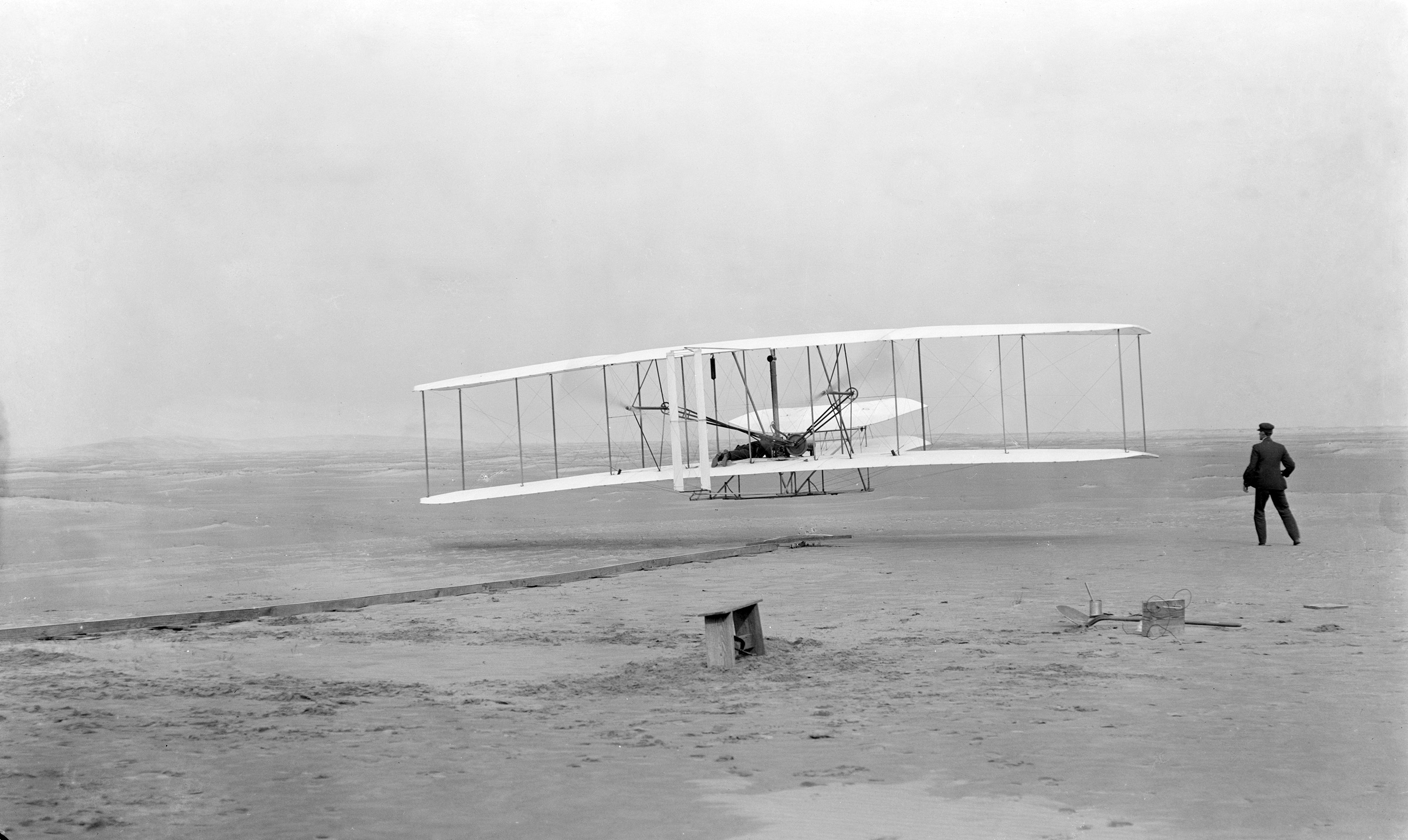
First flight
- Dec 17, 1903
- 120 ft in 12 seconds
- Principal features
- Wood (spruce and bamboo)
- Fabric skins on ribbed wings
- Piano wire, rods, metal fittings
- Enabling technologies
- wind tunnel testing for improved airfoils and propellers
- rudimentary understanding of aerodynamics
- improvements in flight controls
- use of wing warping and canard
- tested on kites and gliders
- improvements in internal combustion engines
- significant advantage in power to weight ratio over steam engines and other alternatives
- wind tunnel testing for improved airfoils and propellers
- Note: our remaining discussion and this course will largely ignore improvements in aerodynamics
Truss structures in early airframes

- Allowed high stiffness to weight ratio
- Were based on civil engineering bridge structures
- This characteristic was necessary given the engine specific power available
- Structurally an advantage over the predecessors which modeled bird and bat-like structures
- Biplane configuration allowed for additional lifting surface area
- Thus, a reduction of induced drag – dominant drag at higher lift coefficients needed for low speeds
- Allowed control-ability through varying tension in the bracing wires
- Useful for wings (biplane) and for fuselage
- Wing coverings were muslin (lightweight cotton cloth in a plain
weave)
- Fabric was on the bias (45 degrees to the spar) and helped carry drag and inertial loads
- Primary structures were primarily of wood
This arrangement became the “standard” for several years
Early monoplane
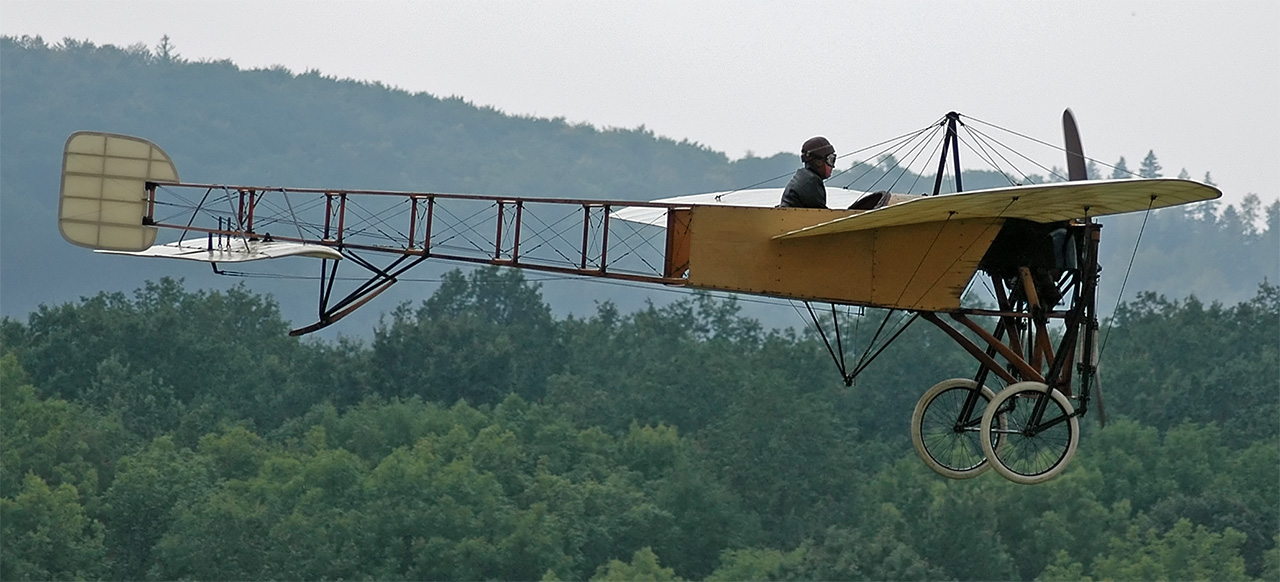
- Development of the fuselage was one of the next big advancements.
- Pilot and accessories no longer need sit right on the wing
- Low winged monoplane allowed energy absorption to occur below the pilot and passengers
Early monoplane
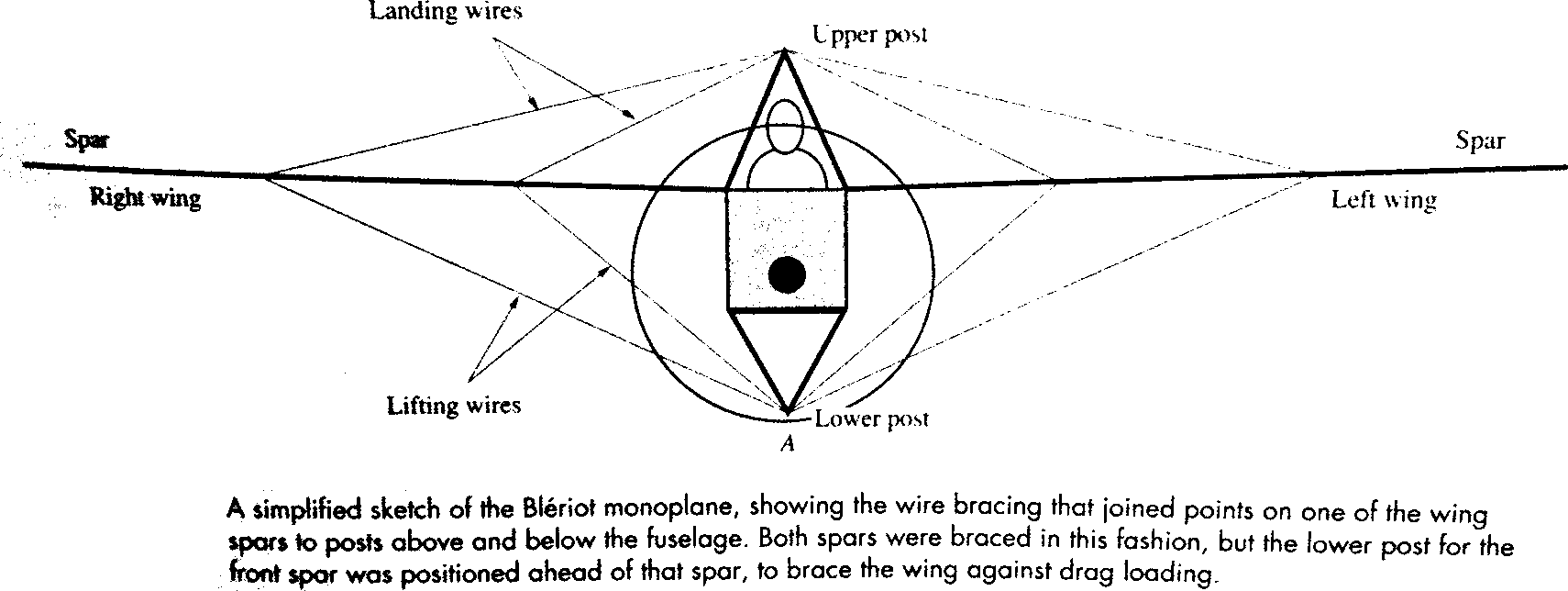
- Airfoils were still thin…
- Spars were not designed to carry lifting loads on their own
- Wires above and below the fuselage aided in carrying landing loads
Early monoplane
- Is there a downside to wire bracing? Yes!
- Compression and buckling failure due to the load component that is parallel to the wing
- Drag
- Internal wire bracing (inside the wing) was eventually employed
- Strength and durability were principal concerns with internal bracing
Cantilevered wings
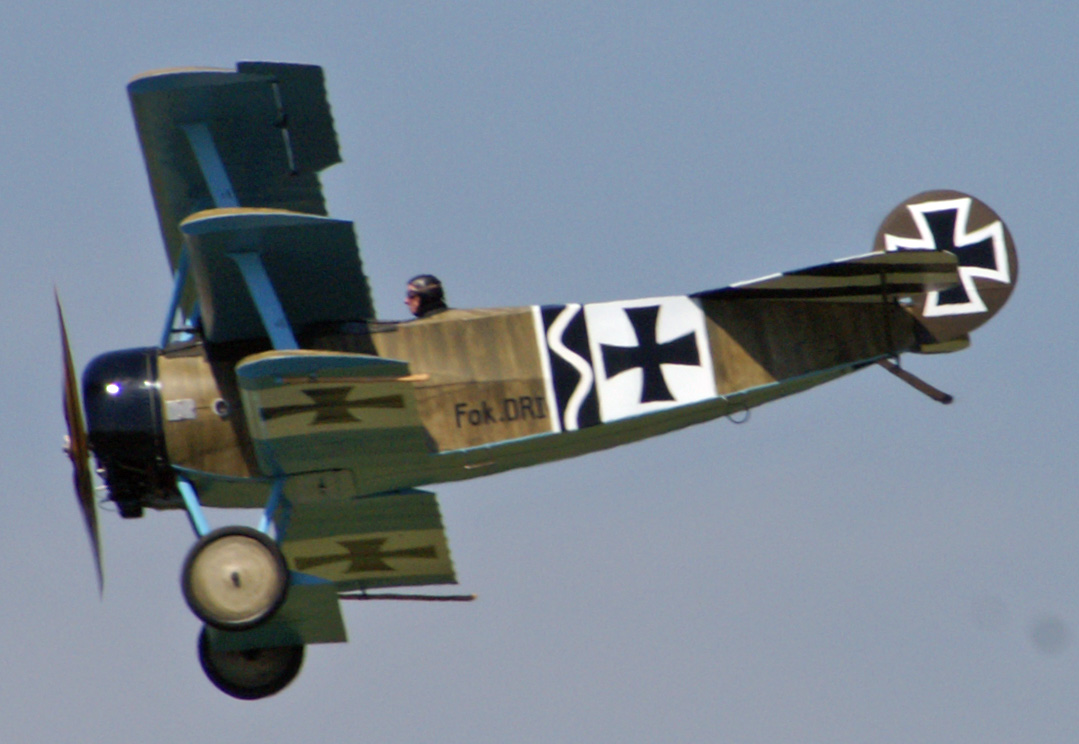
- Cantilevered spars eliminated drag, no bracing (internal or external)
- Earliest practical version was the Fokker Dr-1 1912
- Spar box (plywood web with spruce stringer)
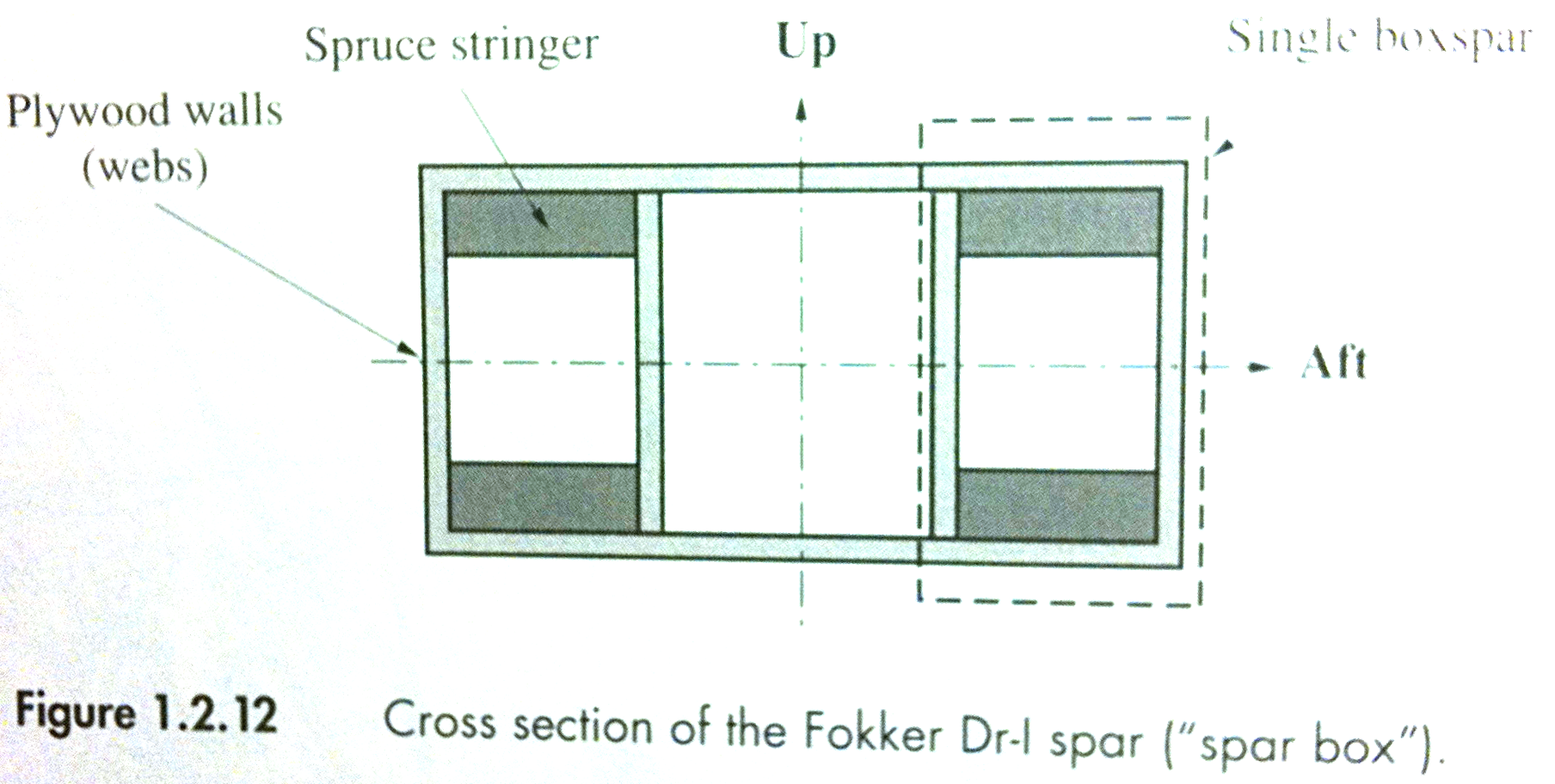
- Structural skins were used on wing and fuselage
- Planes were still multi-wing (triplane) – increased surface area and decreased bending moments
Metallic aircraft
Metallic aircraft represent a maturing technology
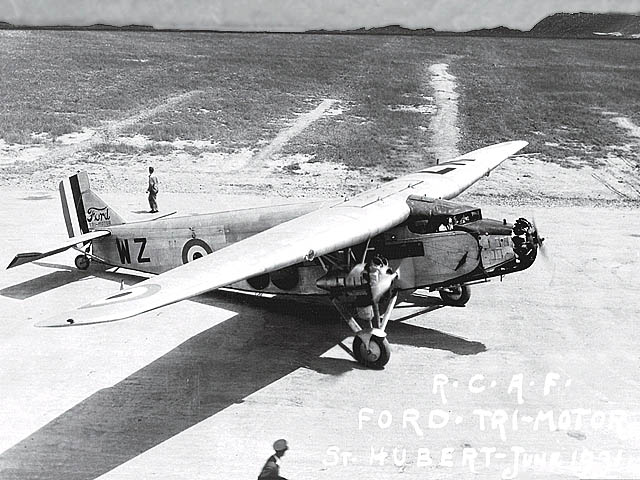
- Early metallic designs mimicked the existing wood truss structures
- Wing and fuselage coverings did not carry much load, were still made of muslin or plywood
- First practical all metal aircraft was the Junkers J-1 monoplane, 1915
- 1930s – Metallic skins began to be used. Corrugated skin added durability, however did not carry much load

- Arguments in favor of metal:
- Manufacturing synergies with automobiles, etc
- “Fire resistance”
- Consistent/predictable material properties
- Limited supply of spruce after WWI
Monocoque Structures
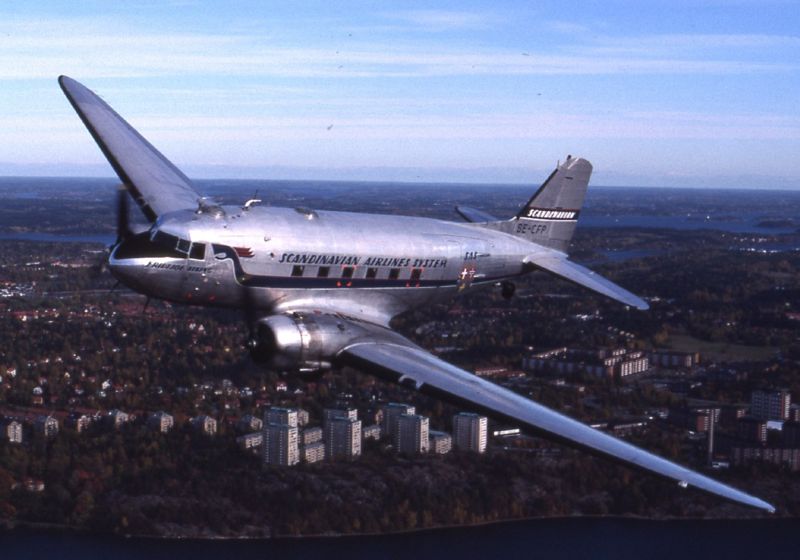
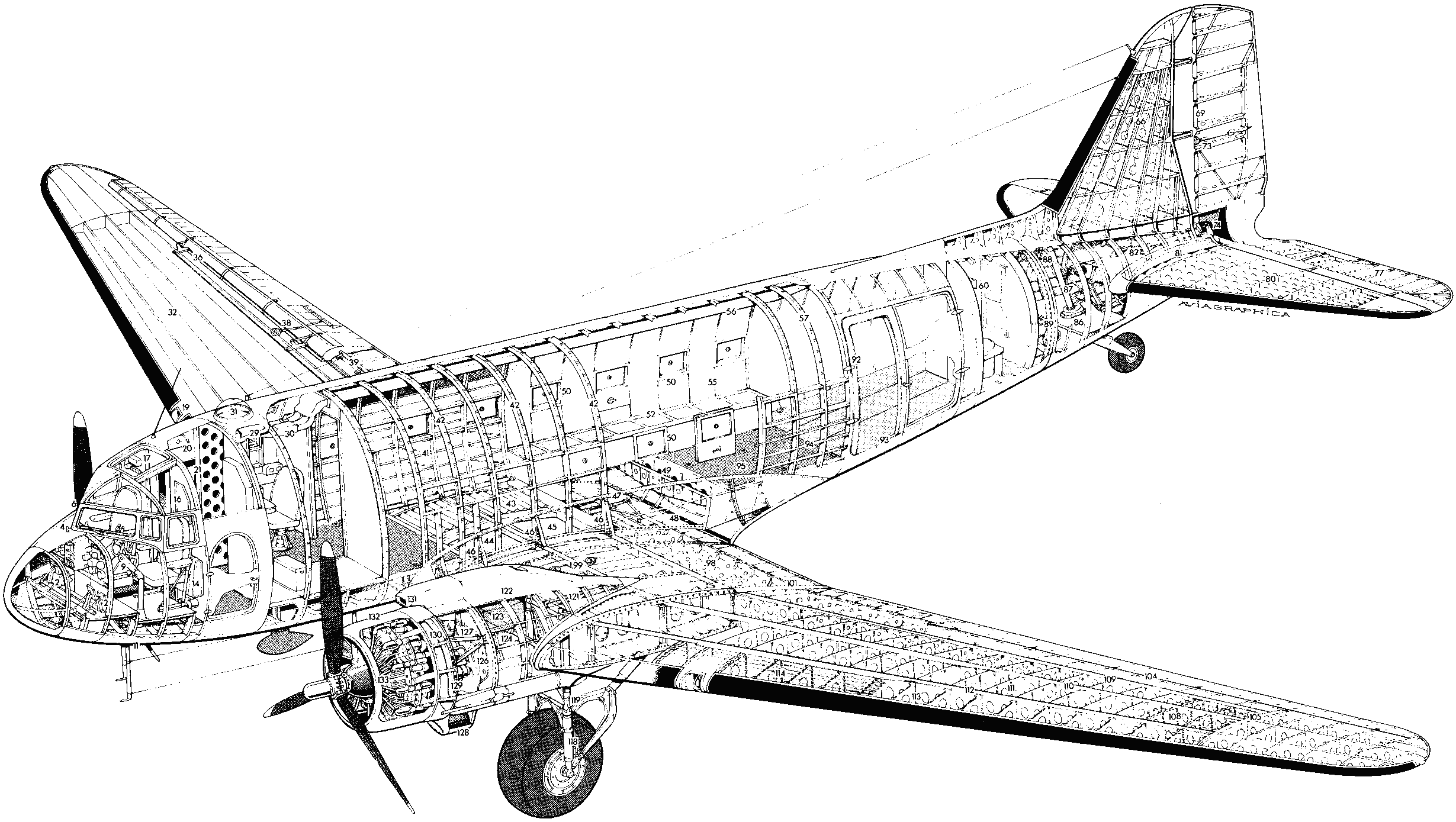
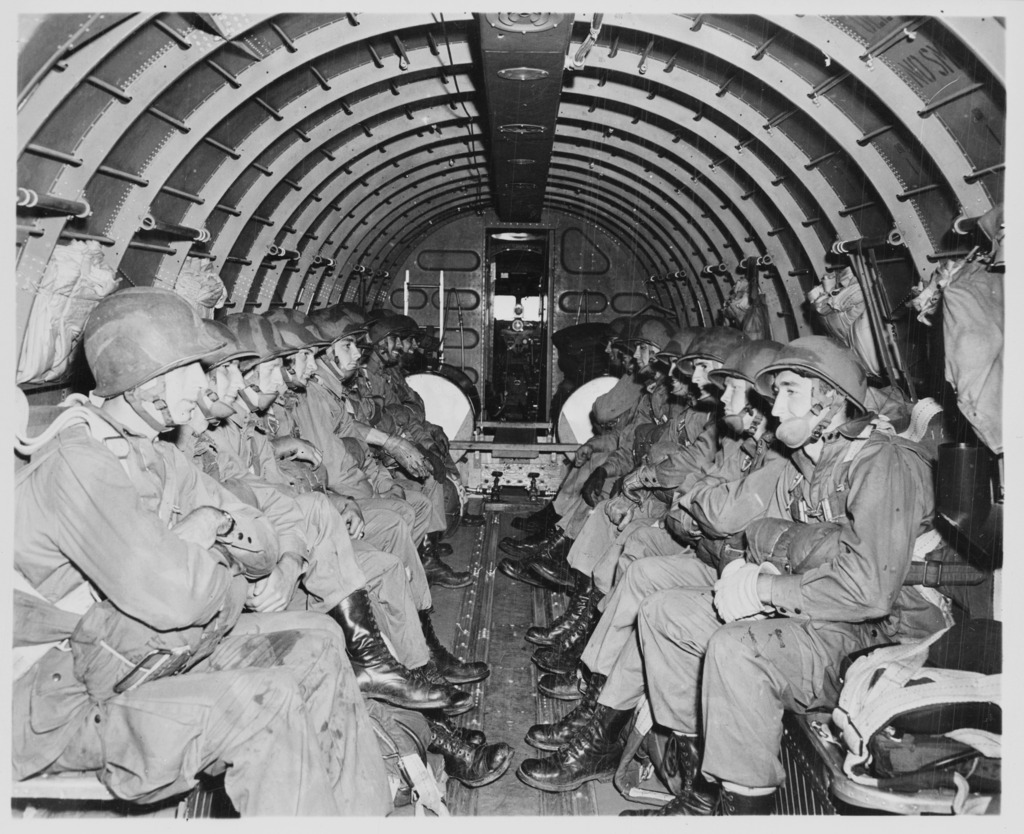
- Smooth metal skins–flush riveting
- Multiple spars arranged in cells
- Both are also called stressed-skin


- Monocoque–Thin curved walls and shells that carry load without need for support structures
- Semi-monocoque–similar to monocoque but has additional structural support – this became standard
- Nearly all modern metallic aircraft employ these design elements
Modern transport aircraft
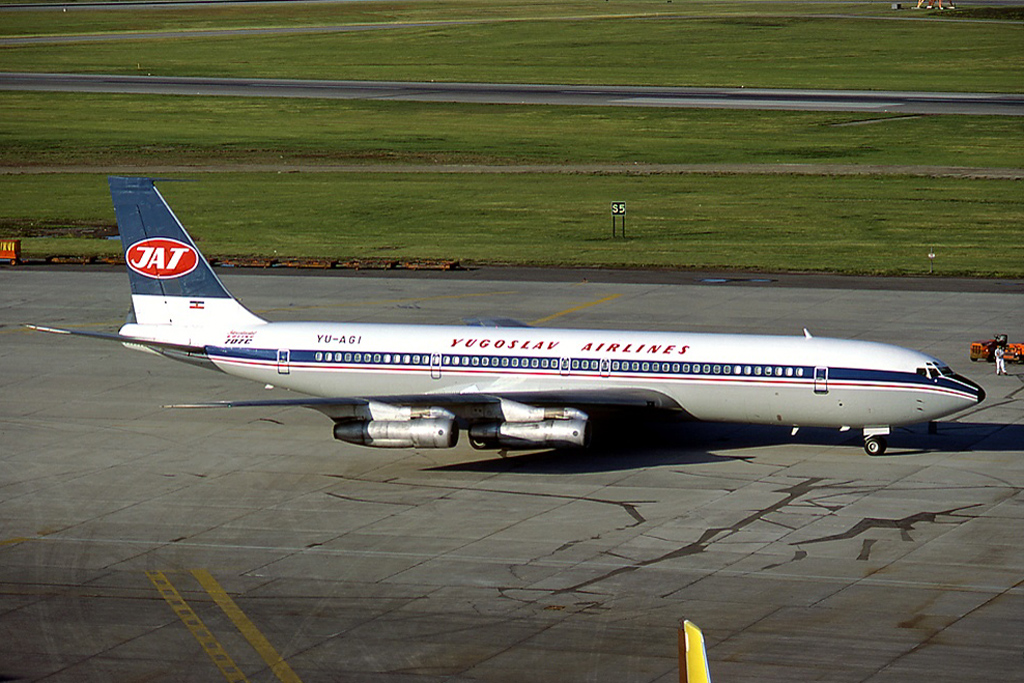
- Boeing 707: Deliveries taken from 1958–1994
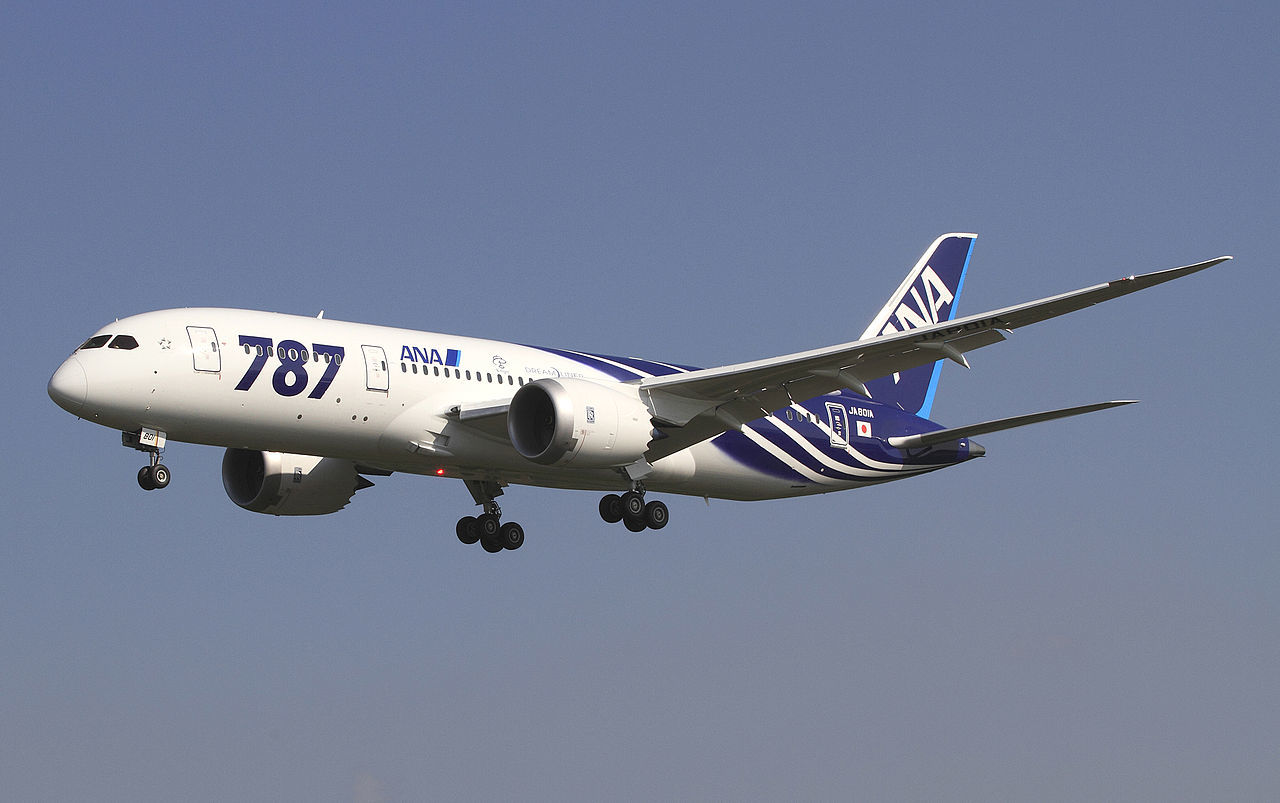
- Boeing 787: Deliveries taken from Sept 2011–??
- Pressurized fuselage allowed for a more comfortable 8000ft cabin pressure
- Circular fuselage is essentially a pressure vessel for efficient maintenance of cabin pressure
- Cutouts such as windows and doors caused stress concentrations and
fatigue cracks. Rounded corners were employed.
- De Havilland Comet was the first major tragedy associated with low cycle fatigue cracking
- Pressurized cabins and metallic load bearing structures ushered in an era where fatigue was a dominant concern of the structural designer
Challenges in modern aerostructures
Sandwich structures and composite materials

- High stiffness with low weight material configuration
- Core carries the shear load which the face sheets carry the tensile and compressive loads associated with bending
- Early example of sandwich structure was De Havilland Mosquito which had balsa core sandwiched between spruce face sheets
- Carbon and boron fibers are commonly used face sheets due to high specific stiffness and specific strength
- Core is often constructed of foam with high compressive strength
- Core and face can be adhesively bonded or molded in place
- Other cores are corrugated metals or metallic foams
- Early composite aircraft was the Raytheon/Beach Starship 2000 (1986)
Metalic foams permit shear loads to be carried by a low density (porous) structure.
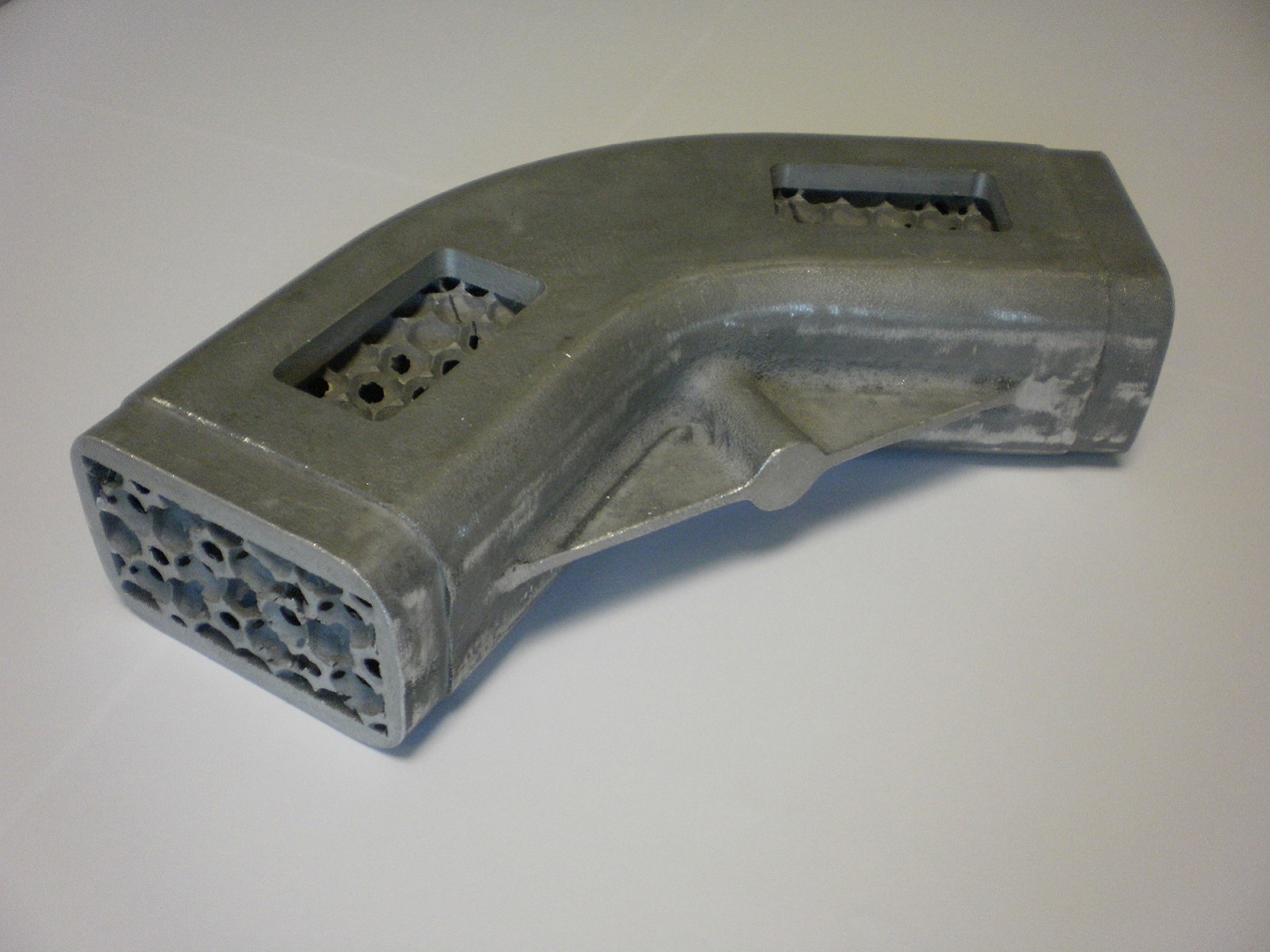
It also may serve multiple functions, ie, cooling
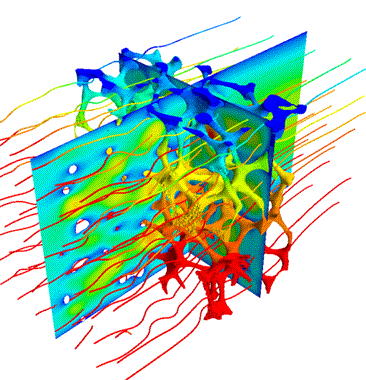
Tailored stiffness–composite materials
- Aeroelastic tailoring: use of directional differences in properties to carry load and cause intentional deformations that have aeroelastic advantages (stiffer in one mode of deformation than another)
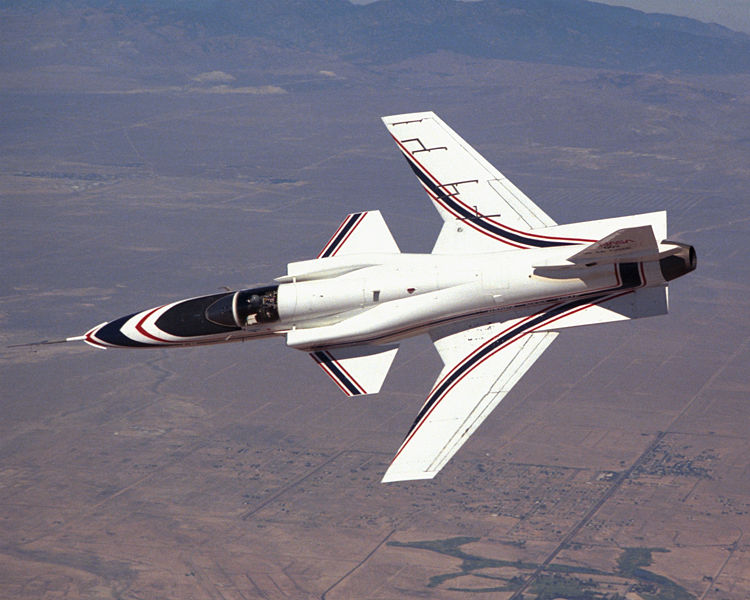
- Grumman X-29A–Forward swept wing with aeroelastic tailoring.
- The advantage is that the wing tips stall last instead of first, allowing greater control
- Downside is that the aeroelastic deformation causes positive feedback on wing loading (wing loading drives higher angles of attack, drives higher wing loading)–Divergence
- Bend/twist coupling allows minimization of divergence effects
Wing warping


Challenges
- Maintain structural integrity during large changes in configuration
- Control
Other safety innovations in modern aircraft
Fail-safe design – redundant load paths in the event of failure
Safe-life structures – cracks cannot be prevented but the structures is designed to eliminate catastrophic crack propagation over the life of the airframe
System optimization – loosely, to optimize the aerospace vehicle system instead of individual components
Material innovations
- Improved alloys (aluminum, titanium, magnesium, steel) allow for high strength or fatigue resistance
- Welding, adhesive bonding, etc allows elimination of rivets (holes) that cause stress concentrations
- Composite materials
- Naturally have a high fatigue resistance
- Fatigue prediction much less refined than in metals
- More difficult to inspect
- New techniques for repair
- New methods for lightning strike mitigation
- Material resistance to temperature becomes an issue for supersonic
and hypersonic airframes
- 85% Titanium in the SR71-Blackbird
Temperature resistance
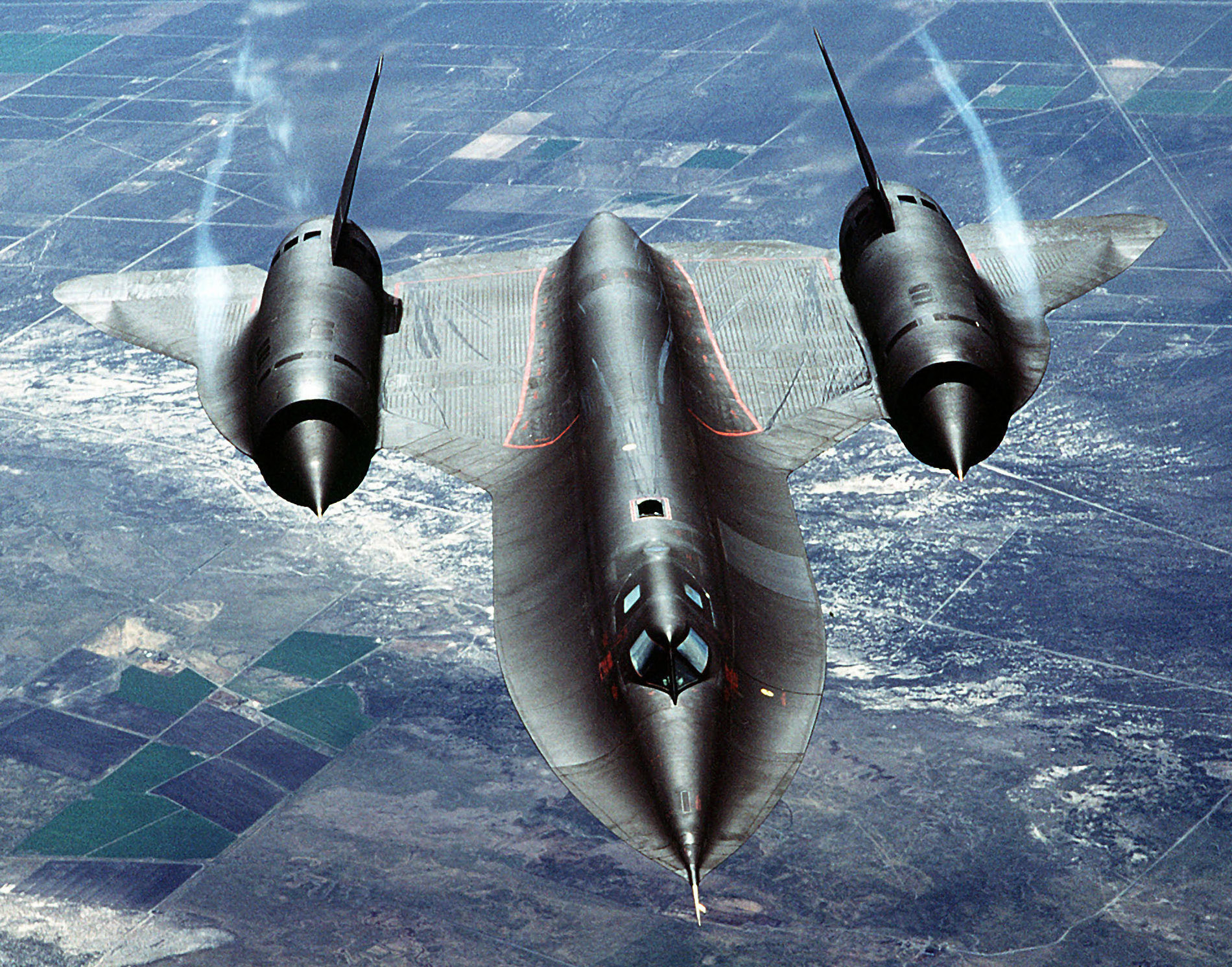
Environmental impact
- Fuel economy, greenhouse gas emissions
- Aircraft noise, airport–residential conflicts
- Recyclability, clean manufacturing, life-cycle impact
3D Printing
World first printed plane
International politics
- Trade subsidies
- Technology transfer
- Gross domestic product
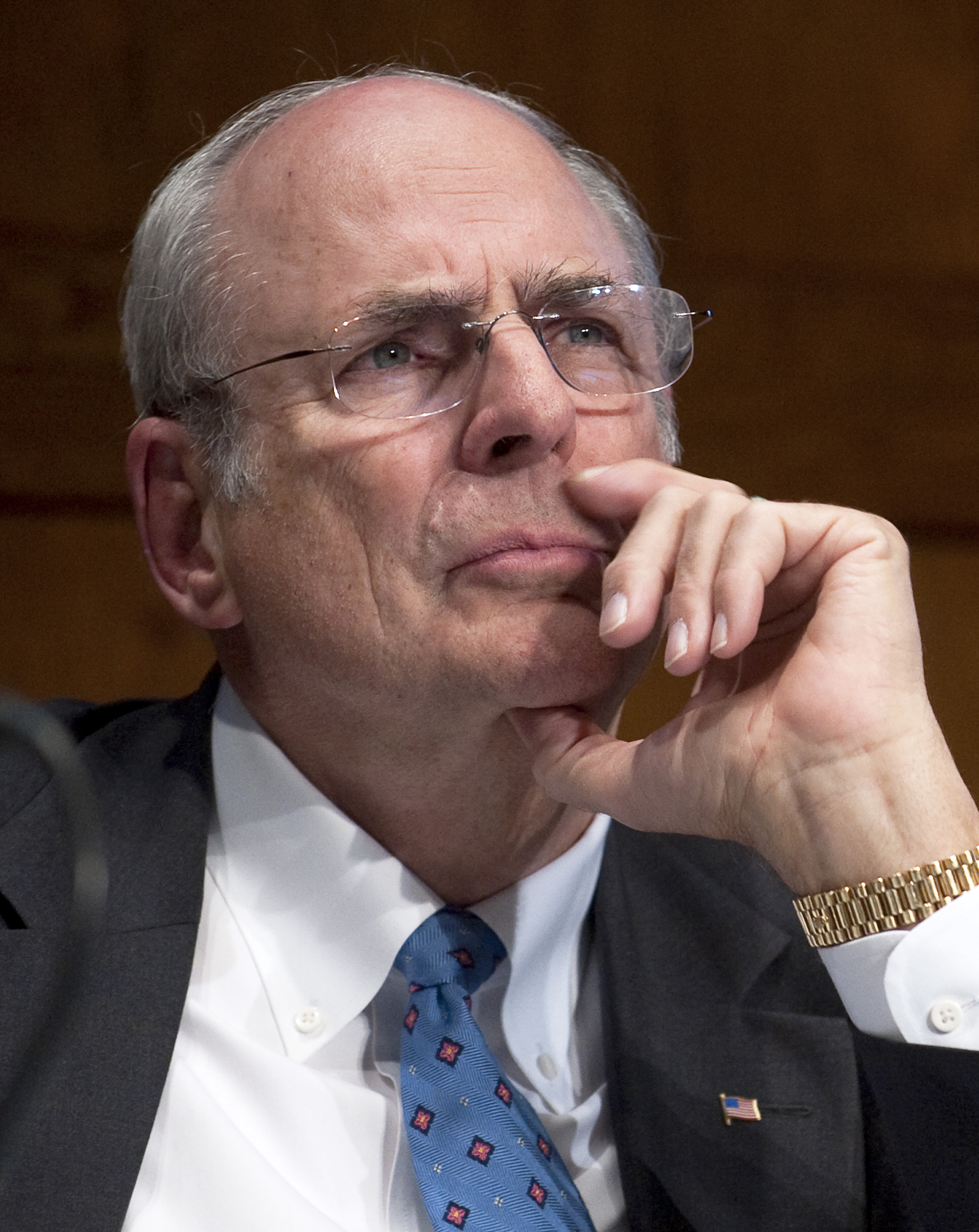
Augustine’s 16\(^{\mathrm{th}}\) Law – Defense budgets grow linearly but the cost of military aircraft grows exponentially.
“In the year 2054, the entire defense budget will purchase just one aircraft. This aircraft will have to be shared by the Air Force and Navy 3 days each per week except for leap year, when it will be made available to the Marines for the extra day.” – Norm Augustine 1986